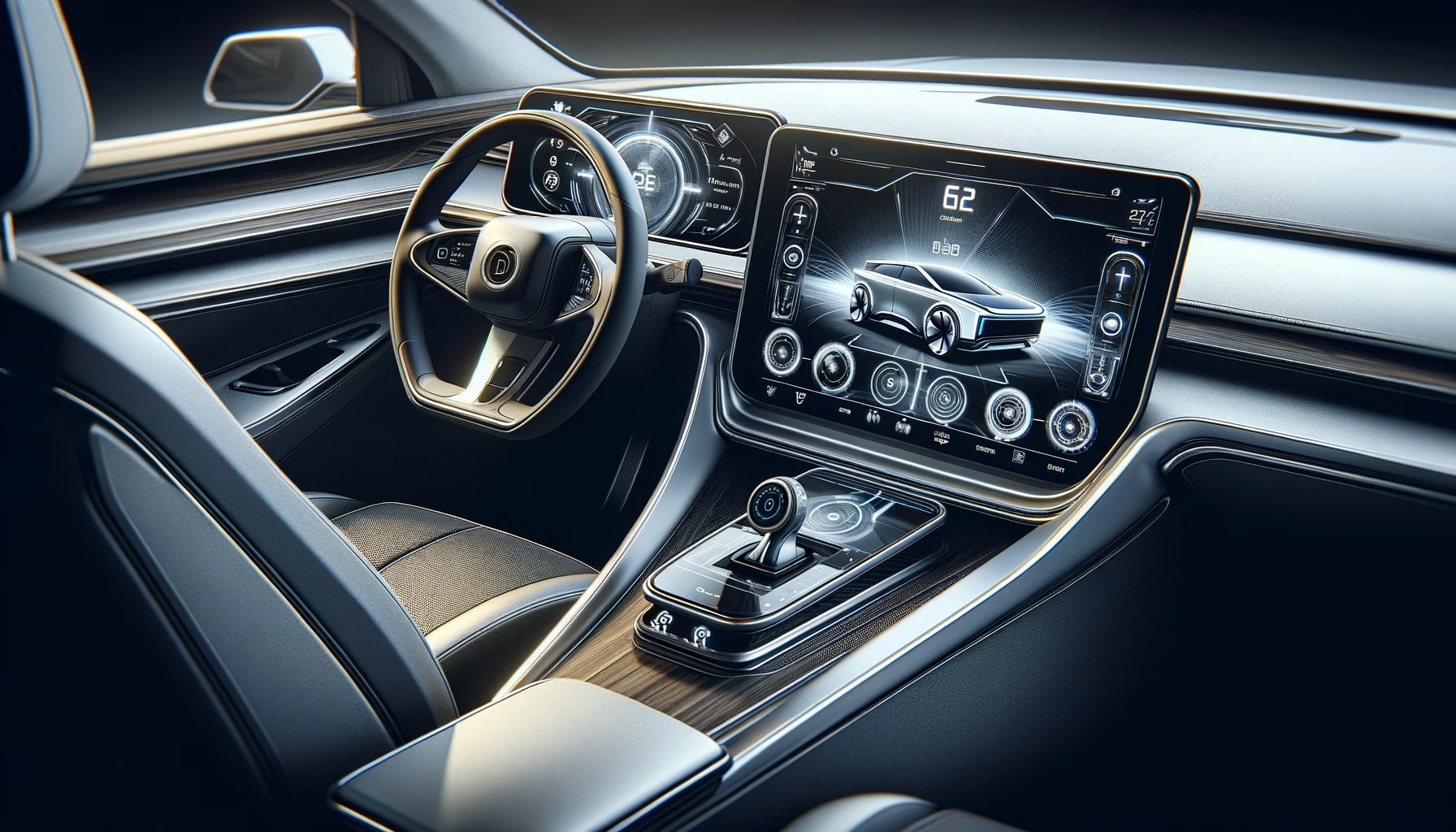In the world of electric vehicles, the Tesla Cybertruck has garnered a reputation for being a polarizing innovation, chiefly due to its unconventional design and use of materials. A recent experiment conducted by a Tesla enthusiast sought to address one of the main concerns raised by skeptics: the potential overheating of the Cybertruck’s stainless steel body when exposed to sunlight.
The Cybertruck’s distinct stainless steel exterior has, in the past, been the subject of speculation concerning its performance under various conditions. Discussions within the Tesla community and conjectures in earlier media reports have focused on how materials used in Tesla’s vehicles respond to environmental factors, such as sunlight. Concerns had been mounting that the stainless steel of the Cybertruck might retain heat to a dangerous degree compared to traditionally painted vehicles, potentially posing a risk to occupants and passersby in hot weather.
User Experiment Tests Cybertruck’s Heat Absorption
In a hands-on approach to debunking this myth, a Model Y owner, while visiting a Tesla service center in Merritt Island, FL, compared the warmth of the Cybertruck’s hood to that of various Teslas with different colored paint jobs. Equipped with an IR temperature sensor, the individual recorded temperatures across the vehicles, revealing surprising outcomes that contradicted the prevailing concerns.
Surprising Results from IR Sensor Readings
The data collected showed that the Cybertruck, despite its steel composition, registered a temperature closely aligned with that of a white-painted Tesla under the same sun exposure. Interestingly, the black and midnight silver metallic painted Teslas exhibited higher temperatures, with the black vehicle recording the highest heat level. These findings suggest that the Cybertruck’s material could be as effective as traditional car paint in reflecting sunlight and mitigating heat absorption.
Implications Beyond Surface-Level Assumptions
Given the nature of its use, the Cybertruck is anticipated to spend considerable time outdoors, whether parked in driveways due to its size or during outdoor adventures such as camping. The results of this informal experiment offer reassurance to potential buyers about the vehicle’s practicality in sunny climates.
In an article titled “The Best Electric Trucks of the Year” by The Drive, the Cybertruck’s durability and performance under extreme conditions were highlighted, further supporting its capability to withstand high temperatures. Another relevant discussion appeared in Electric Vehicle News’s article “New Advances in Electric Vehicle Paint Technology.” It explored the innovative paint technologies that promise to reduce heat absorption in electric vehicles, aligning with the Cybertruck’s apparent success in managing heat.
Useful Information for the Reader
- Cybertruck’s steel exterior handles sun exposure well.
- IR temperature sensor reveals comparable heat to white paint.
- Black and metallic paints absorb more heat than Cybertruck’s steel.
The exploration into the Cybertruck’s heat management not only addresses safety concerns but also underscores the viability of alternative materials in vehicle construction. While detractors may question the Cybertruck’s design choices, empirical evidence suggests that its stainless steel body competes effectively with traditional automotive paint in mitigating the effects of solar heat. As the electric vehicle market progresses, such tests contribute valuable insights into the everyday practicalities of owning and operating these cutting-edge machines.










